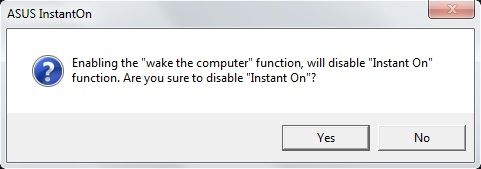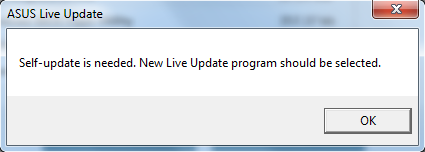 Intel’s Ultrabook campaign is quite rapidly transforming what consumers can expect from a PC laptop. They’ve driven prices and weight down, and performance and features up. I’d argue that PC laptops are looking the best that they have in recent memory thanks to Intel’s Ultrabook project. But that’s just the hardware. On the software side, we’re still dealing with Windows and the same frustrations it’s shown us for several years now. Can Microsoft up the ante with Windows 8 to bring software quality in line with Ultrabook hardware?
Intel’s Ultrabook campaign is quite rapidly transforming what consumers can expect from a PC laptop. They’ve driven prices and weight down, and performance and features up. I’d argue that PC laptops are looking the best that they have in recent memory thanks to Intel’s Ultrabook project. But that’s just the hardware. On the software side, we’re still dealing with Windows and the same frustrations it’s shown us for several years now. Can Microsoft up the ante with Windows 8 to bring software quality in line with Ultrabook hardware?
I recently got my hands on an Asus UX31 Ultrabook. This is a sleek machine that blew my prior several-year-old laptop out of the water in every way — weight, power, thickness, heat, resolution, and battery life. Not to mention that the design is far more slick than my old laptop. This is all wonderful, but the ‘ahead of the curve’ feeling only lasts until you boot up Windows.
In fact, the only place where the UX31 doesn’t have an edge on my old computer is through Windows (thanks to a clean install on my old computer vs. a factory install on the UX31). Thanks to unnecessary bloatware and pre-installed utilities, I get bugged with beyond-confusing error messages, here’s two fun ones:
Windows has long been ridiculed for being complicated and not very user-friendly. When you see the simplicity of mobile operating systems that allow us to accomplish ever more complex tasks right from our pockets, the bloat of desktop operating systems becomes readily apparent. At this point Windows feels clunky and can be downright frustrating at times.
Intel has done a great job of guiding Ultrabooks toward hardware that feels futuristic, but inside Windows can make things feel prehistoric. If Microsoft is to hold up their end of the bargain, it seems to me like they need better control over the experience that Windows provides to end-users.
For a long time Windows succeed simply because it had the programs (not to mention that most of the business world adopted Windows) — the majority of software was being written for Windows. In recent years, Microsoft has had an absolute monopoly on the desktop gaming market. Vertical markets are dominated by Windows.
Windows thrived on an ‘open’ program approach where anyone could write, run, and distribute applications on their platform. It didn’t really matter what interface-guidelines those programs followed, or whether or not they were particularly safe, or even if they worked as intended — it was a free for all, but it apparently worked at the time.













um where is page three
This centralized metro app store of the future isn’t all cupcakes & lollipops. You can pretty much say goodbye to emulators, P2P clients, CD/DVD/BR rippers, etc.
Many people believe that Apple, Microsoft, & others are looking to someday get rid of all non-market programs & completely control the ecosystem in order to please various Entertainment industries & governments.
Those people are correct.
I’m not defending windows, but the “confusing error message” examples are ASUS messages, not windows. ASUS is absolutely awful as far as English is concerned, both in their software and documentation. It almost seems like they are using online translation tools to save a few bucks on an English-speaking technical writer?
Might i suggest linux :)
I use efficiently gentoo on a pre-ultrabook era laptop (acer timeline X 14′) and had no trouble. Intel has good drivers on GNU/Linux. The downside s you can’t play all windows games under wine…
I’d really recommend giving ubuntu or linux mint a spin.
I actually tried Ubuntu 12.04 a few days back but ran into trouble. I restarted twice, and it seemed to work fine, but after that it wouldn’t boot and I don’t really know why. Probably a disk error though.
I’ve tried a few versions, and all of them had graphics that just didn’t seem sharp. Like it wasn’t the right resolution, even though it was.
They are making big strides when it comes to user friendliness.